Rostec says Superjet 100 engine replacement with PD-8s will depend on airlines
The current fleet of Sukhoi Superjet 100s are powered by the Franco-Russian SaM146s.
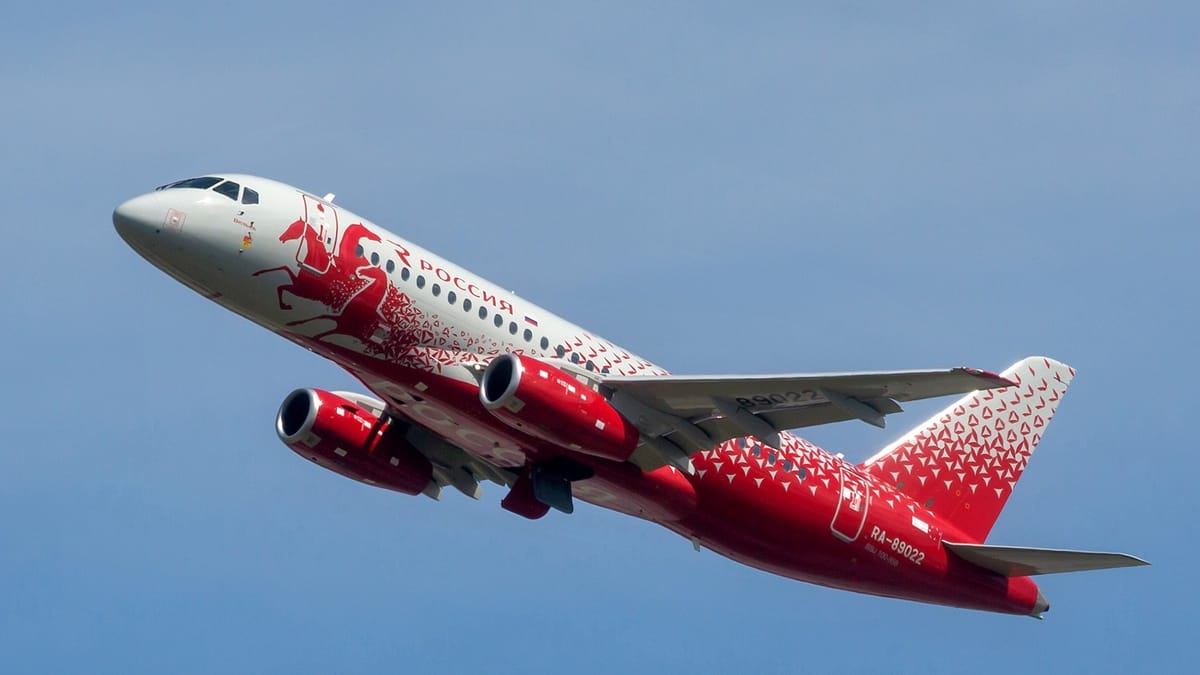
Rostec, the parent company of the United Aircraft Corporation (Объединённая авиастроительная корпорация, UAC), which in itself is a parent company of several Russian aircraft manufacturers, has said that the decision whether to adopt Russian-made engines for the Sukhoi Superjet 100 will also depend on airlines’ willingness to put forth their financial reserves.
In a statement to the Russian news agency TASS, Rostec said that replacing the PowerJet SaM146 engines, which were jointly developed by France’s Safran Aircraft Engines and a subsidiary of the United Engine Corporation (Объединённая двигателестроительная корпорация, UEC), with the Russian-made PD-8s would require UAC to modify the Superjet 100.
It is necessary to study the economic feasibility of replacing the SaM146s with the PD-8s on the existing fleet of aircraft, as well as Russian carriers’ desire to invest in the process of fitting new engines onto their Superjet 100s, the company stated.
Rostec’s Yakovlev is already progressing on certifying the SJ-100, also known as the Sukhoi Superjet New, which is a domestic version of the Superjet to reduce the aircraft's reliance on Western suppliers.
On September 5, 2025, the first production-ready SJ-100, powered by PD-8 engines, operated its first flight, with Rostec having previously said that the serial production of the aircraft would begin in 2026.
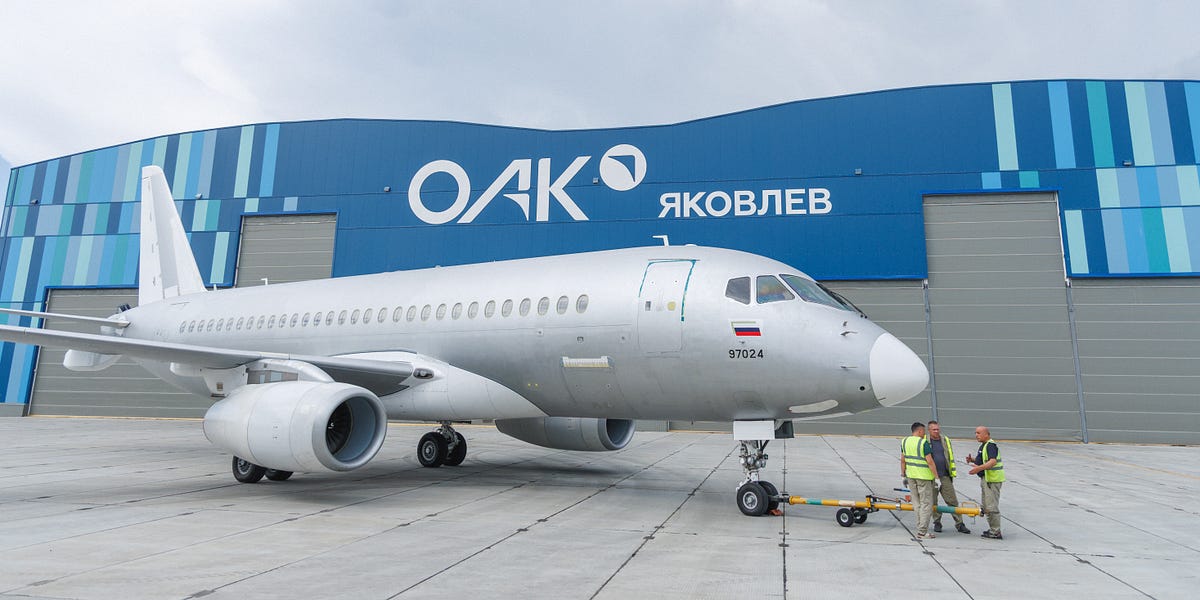
Rostec issued its statement shortly after Dmitry Yadrov, the Chief Executive of the Federal Air Transport Agency (Федеральное агентство воздушного транспорта, FAVT), told reporters that Russia is currently working on a solution to replace the SaM146s with the PD-8s on the existing fleet of Superjet 100s.
Yadrov argued that every engine, whether Russian or not, has its service limit, which is why, to keep the aircraft flying, the country’s airlines will have to re-engine the Superjet 100s. However, FAVT would have to first certify the PD-8, Yadrov added.
According to the Russian civil aviation regulator’s head, while they are “fairly modern,” the Superjet 100s have a short service life, saying that the SaM146-equipped aircraft will be able to fly until 2028 or 2029.
Russian airlines and other stakeholders could have a potential headache on their hands. According to FAVT’s predictions, the worst-case scenario implies that the country’s carriers could be forced to retire 339 aircraft by 2030, which includes the SSJ-100 due to its engines, which were jointly developed with the French company.
The country’s aerospace industry has had to get creative since much of the Western world imposed sanctions on Russia and its industries following its decision to invade Ukraine in February 2022, which has claimed the lives of more than 14,000 innocent civilians, according to the United Nations (UN) Human Rights Monitoring Mission in Ukraine (HRMMU).
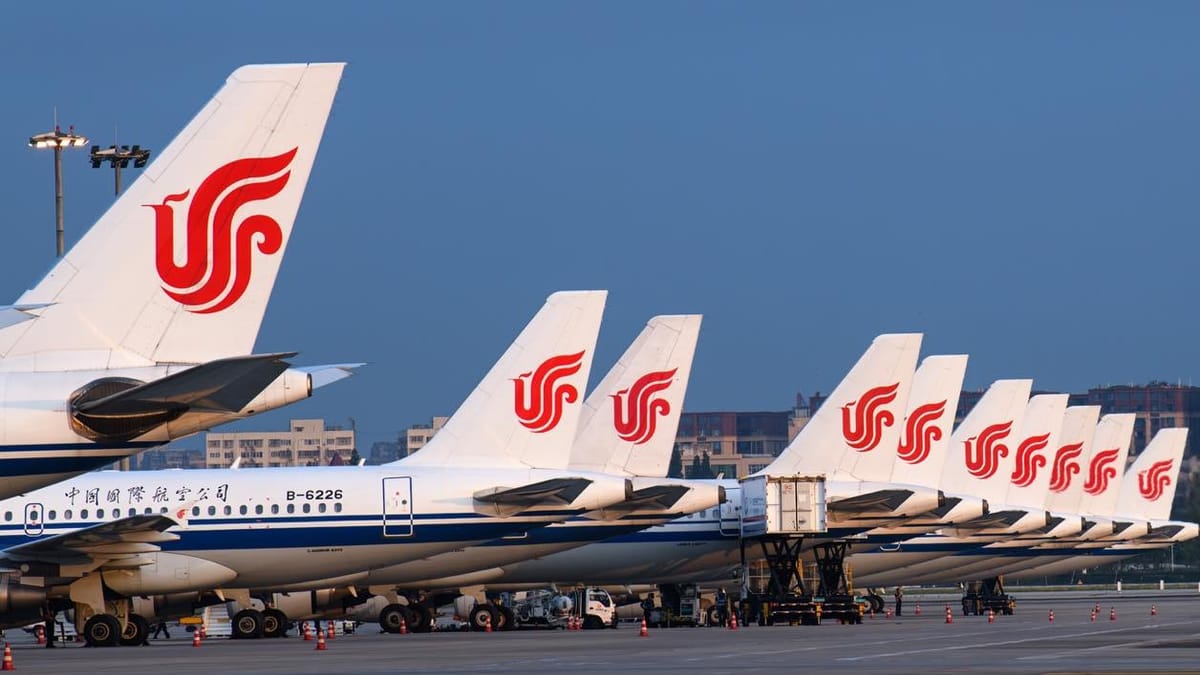
While that creativity has led to aircraft being re-registered in Russia illegally, as well as attempts to evade sanctions and acquire spare parts via third parties and third countries, the country has had to develop its own alternatives, including the SJ-100 and the MC-21.
Previously, Yadrov estimated that by 2030, Russian aircraft manufacturers could deliver up to 500 newly produced aircraft to the country’s airlines, potentially offsetting the aforementioned worst-case scenario.
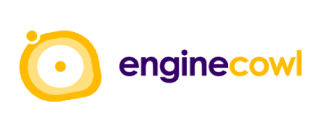
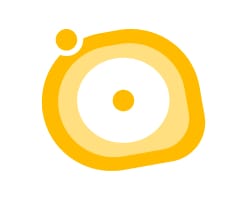


Comments ()